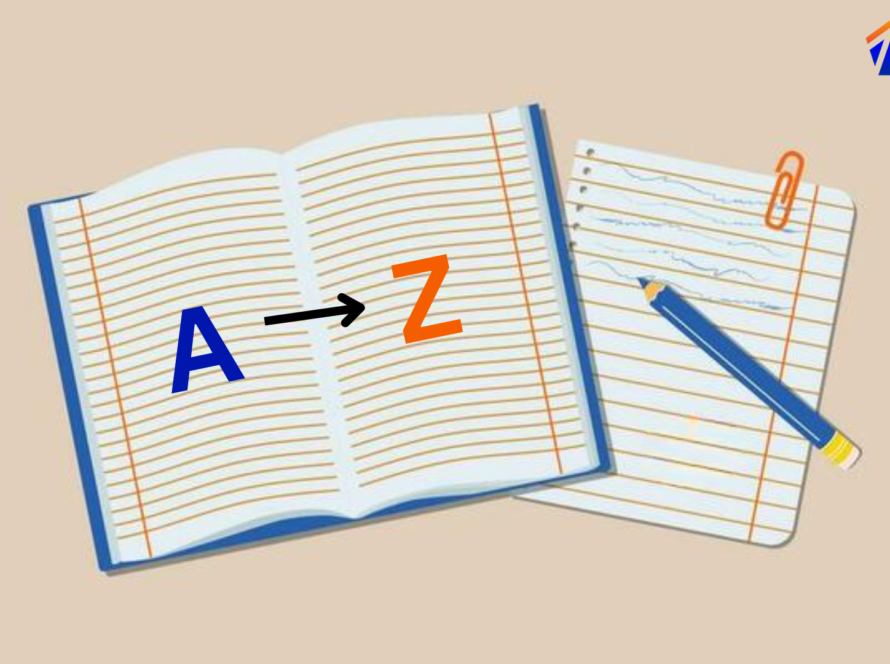In an earlier blog posted by Auxano, we covered the journey of Product Development and the stages of product development. Today we go deeper into the journey and understand how to achieve the Product Market Fit?
Reiterating the Product Development Journey!!!
The Product Journey can be classified into 3 major head:
- Prototyping
- Minimum Viable Product (MVP)
- Product Market Fit (PMF)
Prototyping
Stage 1-3 in the image above are the steps in developing a prototype.
It begins with Ideation, followed by Product Definition and ultimately leading to Building the Prototype.
Across these stages of Prototyping the founders must interact with external stakeholders like –
- potential customers,
- investors,
- mentors,
- industry professionals and
- business partners to:
- Identify the need gap in the industry/market
- Outlook towards proposed solution
- Feedback for a robust product to address the needs of the market incumbents
This stage is very crucial to success of any business as it defines the overall product journey and thus the potential business output.
Pitfalls during Prototyping
There are 2 major pitfalls during this stage which result in over 40% of the businesses either abandoning the idea or never getting it off the ground.
1. Spending too much time building the perfect product – Many a times, founder spend too much time building the best product during the start. This approach leads to:
- Extended Timelines
- Drying up of resources
- Burnout of the team
To avoid this, founders must remember the first phase is prototype and not a commercial product.
Typically, founders should keep timelines between 3-6 months for building the prototype. This lean timeline will burn lesser resources both in terms of money and human.
2. Giving full consideration to every feedback received – A smart businessman should listen to all but follow his own thoughts & instincts.
If all feedback received are given equal attention, you may just not be able to move ahead as “Nobody knows everything, but everybody knows something”.
This situation is usually called “Analysis Paralysis”, wherein analysing or overthinking a situation can cause forward motion or decision-making to become paralyzed.
Getting feedback is the part of this process but one should carefully analyse the feedbacks received and bucket them into now, near future, maybe or never. This will not only give an action plan for now but also food for though for the future course of action.
Minimum Viable Product (MVP)
Post building a satisfactory prototype, the journey begins to build the Minimum Viable Product.
Satisfactory ????
As mentioned above one should not delay the process just because they feel the product is not up to the mark. One should go ahead with the Beta Testing Phase.
In the beta testing phase, the product is tested with a small sample of actual users. During the beta testing phase due consideration is given to the feedback of the actual users of the product. These feedbacks can be pertaining to:
- User Interface and Experience (UI/UX)
- Onboarding Experience
- Features
- Usability
- Compatibility to devices
- Overall Product Experienc e
Founders should build watertight mechanisms collecting feedback on each of the above and at times for collecting feedback users must be incentivized. With the feedbacks incorporated to enhance the UI/UX and the product functionality, MVP is achieved, and the product is ready for commercial launch.
Again, one must not fall trap to analysis paralysis and must set timelines for the commercial launch. Typically, a 3-week beta testing followed by another 2–3-week window for product optimisation must be sufficient (Aggregate time 6-8 Weeks).
Product Market Fit (PMF)
Within 5-8 months, entrepreneurs must be able to commercially launch the product. Delay beyond this is a sign of competency & capacity mismatch. Once the hurdle of commercial launch is overcome, the focus of founders must shift from product development to Business Development.
Achieving PMF is a function of Business Development Activity, and it is highly recommended that the founders participate in it from the early stage.
Interacting more and more with potential customers to sell the product get the best reality check. During this stage founders should focus on onboarding 100 paying customers and getting their feedback.
With due incorporations of the feedback received, in under 6 months the Product Market Fit can be achieved.
Indicators of Product Market Fit
- Low customization needs of the customer
- Higher repeat/retention
- Increased product acceptability amongst potential customers
Conclusion: The above timelines are indicative, but it is evident that under 15 months entrepreneurs must be able to achieve a PMF. With the PMF achieved entrepreneurs must focus to business development and fund raise.
With Fund Raise & Business Growth the team can focus on continuous product improvement and adding functionality leading to building a robust and scalable business.


